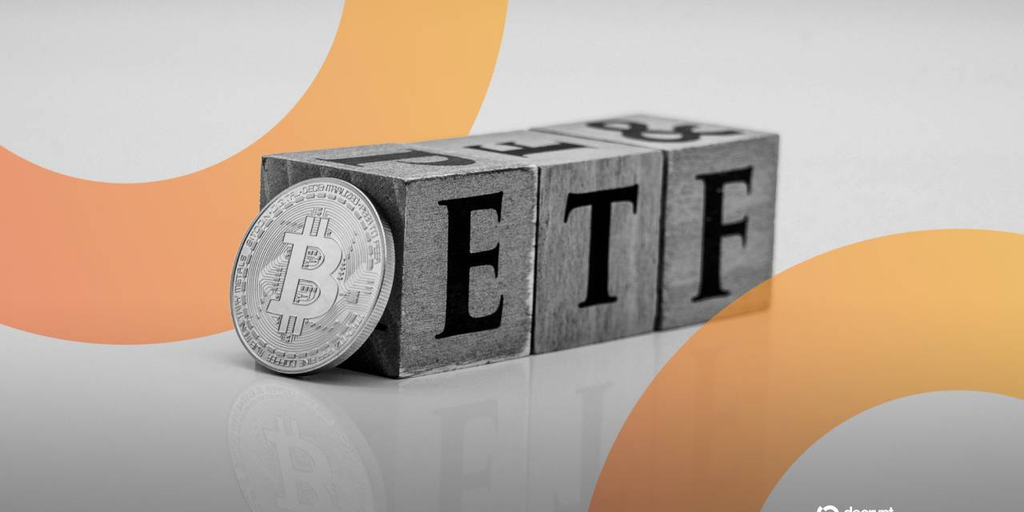The Bank of England’s deputy governor has hit back against Nigel Farage’s criticism suggesting that the central bank is not crypto-friendly.
The Reform Party leader Farage labelled the Bank of England as being run by “dinosaur bureaucrats” who aim to stifle crypto innovation in Britain by capping the amount of stablecoins people are allowed to hold.
When asked at the Salt London conference on Wednesday if Sarah Breeden thought the criticism was fair, the deputy governor said, “Honestly, I think it’s not.”
“We want a multi-moneyverse, where we can have traditional deposits, tokenised bank deposits, stablecoins, working alongside one another,” Breeden said.
The deputy governor has floated the concept of a multi-moneyverse previously. In a September speech, she outlined her vision of a financial system that provides choice for users and encourages innovation as technology evolves.
The central bank’s role in this system is to provide three things: the underlying infrastructure, the overall strategy, and the regulatory frameworks that make money flow freely.
It is against this backdrop that Breeden argued that the Bank of England aims to be stablecoin issuers’ banker and that, when it comes to the liquid assets that will back the digital assets, the central bank is “prepared to be your lender of last resort.”
“So we are putting our money where our mouth is and offering to work with stablecoins to ensure that they are stable,” Breeden said.
Regime on stablecoins
The comments come as the central bank is expected to unveil a proposed regime on stablecoin regulations on Monday. The new regime is expected to impose temporary limits of £20,000 on individuals and £10 million on businesses.
Those limits would not pertain to the use of stablecoins in “the crypto universe” or in wholesale financial markets, Breeden explained. The caps would only be used “in the real economy” to make payments, she said.
“You can buy quite a lot with £10,000 or £20,000,” she said.
Breeden also made sure that these limitations would be temporary. So why introduce them in the first place? To protect people’s credit.
Right now, Breeden said, payments are done by banks in the UK, which means that they are bundled up with the provision of credit.
“What stablecoins do is split those up,” the deputy governor said. “So money that’s used for payments is here, credit is over there. And so what the limits are designed to do is to ensure that as we move from the current world where credit and payments are bundled together to where they’re separate.”
Once the Bank of England is confident that the system has adjusted, it plans to remove those caps, Breeden said. She dodged a question about what time-frames those temporary measures are supposed to remain.
“But our aim here is to have those limits for no longer than we need them,” she said.
Eric Johansson is DL News’ managing editor. Lance Datskoluo is DL News’ Europe-based markets correspondent. Got a tip? Email at eric@dlnews.com and lance@dlnews.com.
.png)



















 24h Most Popular
24h Most Popular



 Utilities
Utilities